Two chemistry Nobel prize medals were sold in the space of three days at auctions held in December. These included the 1948 medal awarded to Arne Tiselius and Adolf von Baeyer’s 1905 medal – the oldest Nobel prize in science yet to have been sold at auction.
Swedish chemist Tiselius was awarded his Nobel prize while working at Uppsala University for his research on electrophoresis – a technique used to separate biomolecules based on their size and charge. In particular, the Nobel committee cited Tiselius’ use of electrophoresis to study proteins found in blood serum. Tiselius would later preside over the Nobel Foundation as its chairman from 1960 to 1964.
Coin World reports that Tiselius’ Nobel medal sold for $125,000 (£98,000) at an auction held by Heritage on 15 December.
Von Baeyer was just the fifth recipient of the Nobel prize in chemistry, receiving his award in recognition of ‘his work on organic dyes and hydroaromatic compounds’. In the latter half of the 19th century, von Baeyer spent decades researching indigo, deducing the compound’s formula and devising new synthetic means to make it. Baeyer’s work on dyes also led to the development of phthalein pH indicators. Another of von Baeyer’s contributions to synthetic chemistry was the discovery of barbituric acid – the parent compound of all barbiturate drugs.
Von Baeyer’s Nobel medal sold for $203,000 on 13 December at an auction held by Sotheby’s.
In January last year George Olah’s Nobel medal awarded for work on carbocations sold at auction for $250,000. A year earlier Walter Kohn’s award for the development of density functional theory sold for $460,000.
Correction: The article was updated on 17 September 2024 to correct the amount Von Baeyer’s medal sold for.


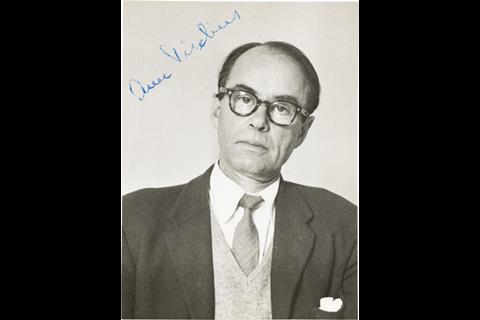
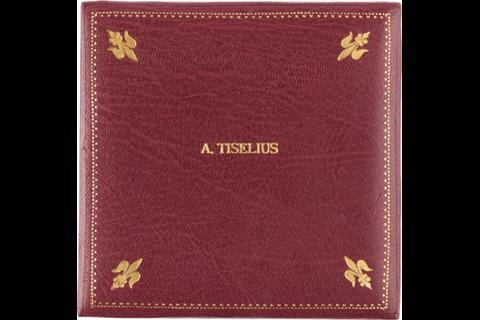
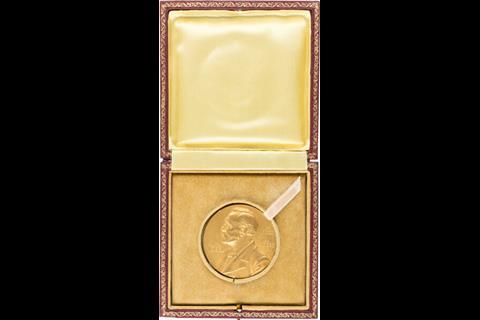


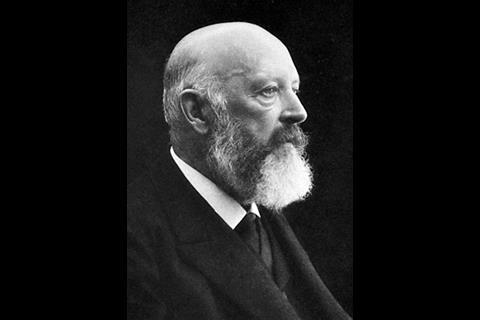
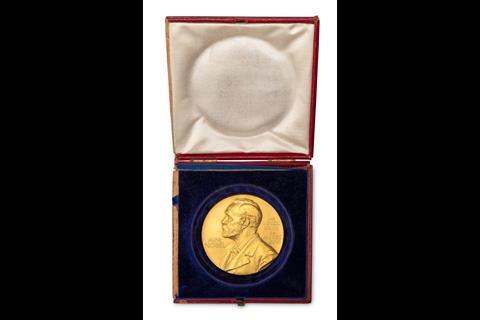
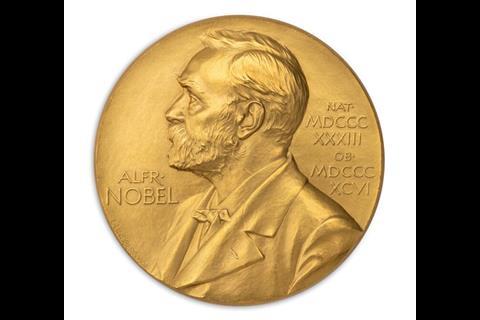



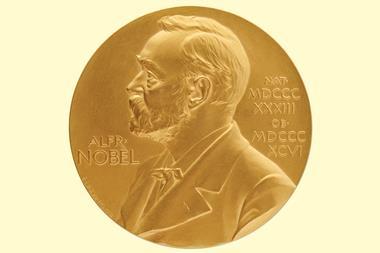
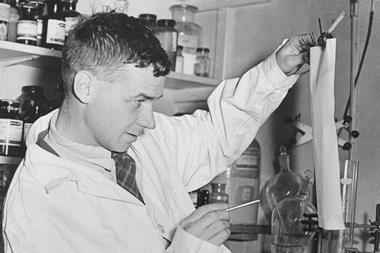
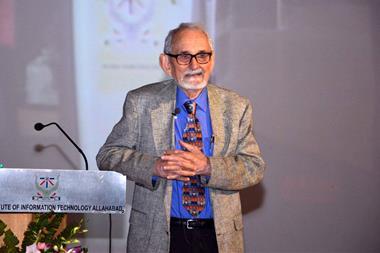

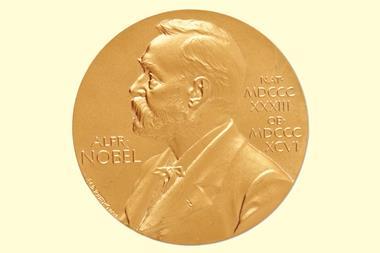
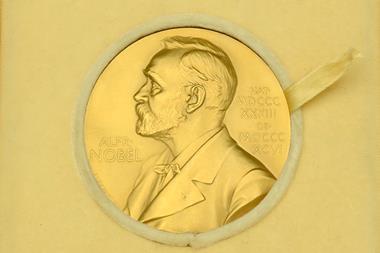






No comments yet